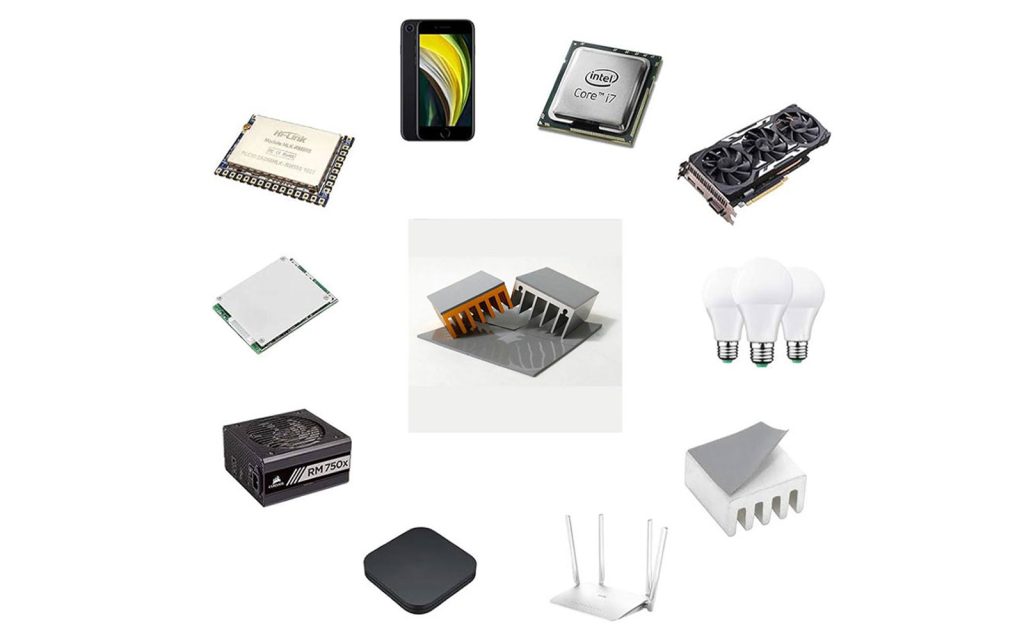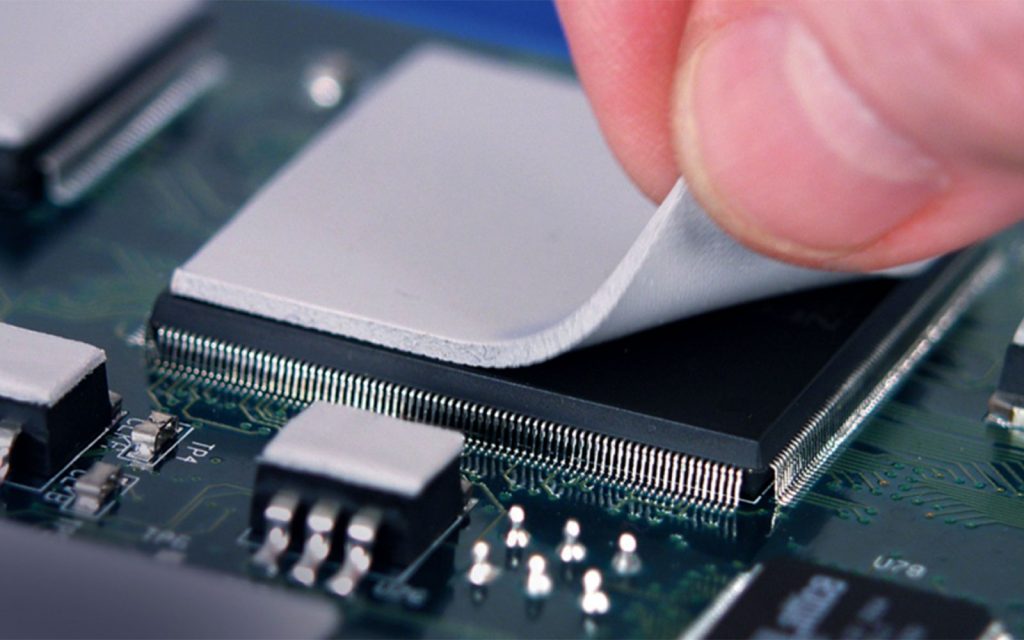Introduction
Thermal pads, also known as thermal interface materials (TIMs), are an essential part of modern air conditioning (AC) systems. These materials are designed to efficiently transfer heat between two surfaces, ensuring optimal performance and preventing overheating. In this article, we will explore the role and benefits of thermal pads in air conditioning systems, highlighting their applications and advantages in keeping AC units running efficiently.
What Are Thermal Pads?
Thermal pads are soft, flexible materials that are designed to facilitate heat transfer between components, typically made of thermally conductive materials like silicone, graphite, or polymer composites. They are commonly used to bridge the gap between heat-generating components (such as compressors, power transistors, and electronic circuits) and heat sinks or other cooling elements.
In air conditioning systems, thermal pads serve a critical role in managing heat and ensuring the longevity and reliability of components.

Key Applications of Thermal Pads in Air Conditioning Systems
- Compressors Compressors are one of the primary heat-generating components in air conditioning systems. They are responsible for circulating refrigerant through the system, a process that generates substantial heat. Thermal pads are used to transfer heat away from the compressor, preventing it from overheating and ensuring it operates efficiently.
- Benefit: Helps maintain optimal compressor performance and extends its lifespan by preventing thermal damage.
- Heat Exchangers Heat exchangers are used in air conditioners to transfer heat from the indoor air to the refrigerant, and from the refrigerant to the outdoor air. Effective heat transfer is essential for cooling efficiency. Thermal pads are placed between heat exchangers and heat sinks to enhance the dissipation of heat.
- Benefit: Increases the efficiency of the cooling process, improving the overall performance of the AC system.
- Power Electronics and Control Units Modern air conditioning systems use complex electronics for regulation and monitoring. These control units, power modules, and circuit boards often generate a significant amount of heat. Thermal pads help conduct the heat away from these sensitive components to nearby cooling surfaces, preventing thermal damage.
- Benefit: Protects electronic components from overheating, ensuring the reliable operation of the system and reducing the risk of failure.
- Inverter Systems Many contemporary air conditioners use inverter technology, which allows for better energy efficiency by adjusting the compressor speed. However, inverters generate heat that can affect performance if not properly managed. Thermal pads help dissipate the heat generated by inverters to maintain optimal functioning.
- Benefit: Enhances energy efficiency and improves the reliability of the air conditioning system.
- Fans and Motors The motors and fans in air conditioning systems are essential for circulating air and maintaining airflow through the system. These components can generate heat during operation, which can negatively impact their performance. Thermal pads are used to manage the heat generated by motors and fans.
- Benefit: Prevents overheating of motors and fans, improving the efficiency and longevity of the air conditioning unit.

Advantages of Using Thermal Pads in Air Conditioning Systems
- Improved Thermal Management The primary role of thermal pads in air conditioning systems is to ensure efficient heat transfer. By filling the gaps between heat-sensitive components and cooling surfaces, they improve the overall thermal management of the system, leading to better heat dissipation.
- Benefit: Maintains consistent performance by keeping all critical components at the right temperature, even during peak operation.
- Prevents Overheating One of the main causes of failure in air conditioning units is overheating. Thermal pads act as a barrier that absorbs and dissipates excess heat, reducing the risk of thermal stress on key components like compressors, power modules, and control systems.
- Benefit: Helps to prolong the lifespan of the air conditioning system by protecting against the damaging effects of heat.
- Enhanced Energy Efficiency Effective heat management contributes to overall energy efficiency. When components operate at optimal temperatures, the system uses less energy, operates more smoothly, and cools the space more efficiently.
- Benefit: Reduces energy consumption, which is especially beneficial for both consumers and manufacturers concerned with energy-saving solutions.
- Compact and Cost-Effective Thermal pads are typically thin and lightweight, which makes them easy to integrate into space-constrained areas within the air conditioning unit. They are also cost-effective compared to other cooling methods, making them a preferred solution for manufacturers.
- Benefit: Provides an efficient cooling solution without the added bulk or high cost of other cooling technologies.
- Easy Installation Thermal pads are designed for easy installation and can be customized to fit the size and shape of various components in an air conditioning system. This makes them an ideal choice for both new manufacturing and retrofitting existing units.
- Benefit: Simplifies the assembly process and ensures that thermal management solutions are optimized for each application.

Conclusion
Thermal pads play a crucial role in maintaining the efficiency and longevity of air conditioning systems. By improving heat transfer, preventing overheating, enhancing energy efficiency, and offering a cost-effective, space-saving solution, thermal pads are an indispensable part of modern air conditioning technology.
As air conditioning systems become more complex and energy-conscious, the demand for efficient thermal management solutions like thermal pads will continue to grow. By choosing the right thermal pads, manufacturers and consumers can ensure that their air conditioning units perform at their best, even under the most demanding conditions.